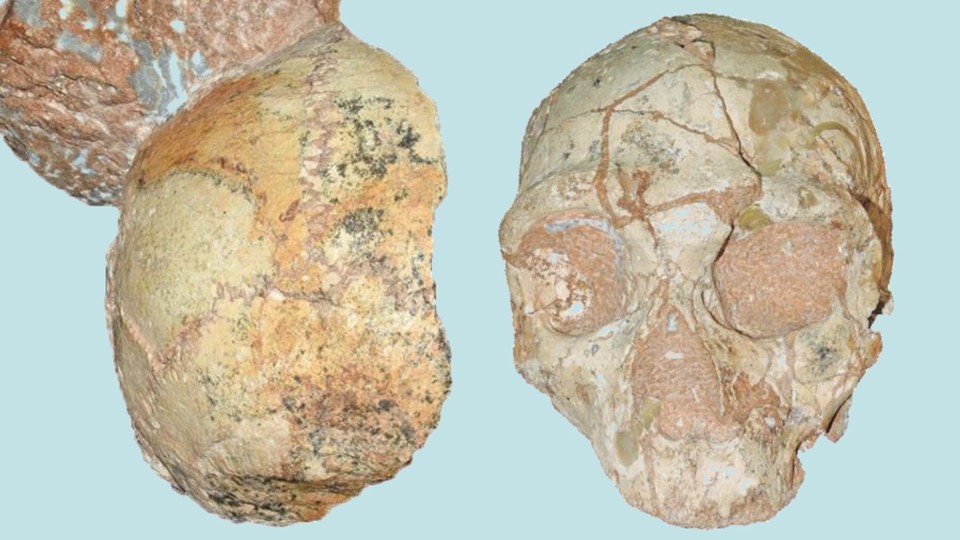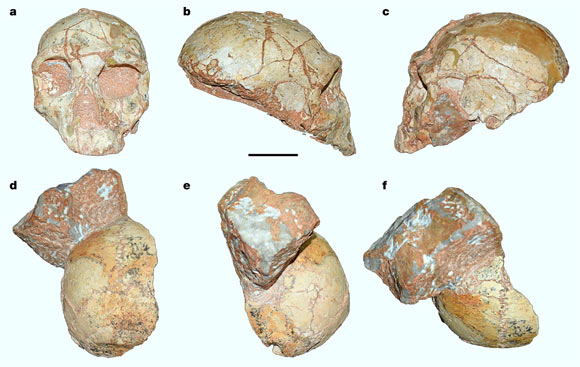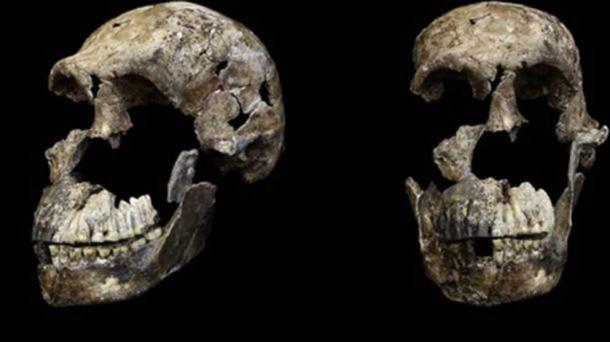The saga of human evolution has long fascinated us, with each new revelation continually reshaping our comprehension of how Homo sapiens came to dominate the Earth. In a groundbreaking study recently published in the esteemed journal Nature, researchers have unearthed a significant discovery that could redefine our understanding of Homo sapiens’ migration from Africa. A 210,000-year-old human skull found in Greece’s Apidima Cave now stands as the oldest evidence of our species outside Africa, pushing back the known timeline of this crucial migration by more than 50,000 years.
Discovery of Apidima 1 and Apidima 2
Apidima Cave, situated along Greece’s Peloponnese peninsula, has long intrigued paleontologists studying human evolution. In the 1970s, two cranial fossils were discovered within the cave initially thought to belong to Neanderthals. The first, Apidima 1, consisted of the rear portion of a skull case, while the second, Apidima 2, was a largely intact skull distorted during fossilization.

Revealing the True Identity of the Fossils
For decades, these fossils were categorized among various hominin remains, their true significance unrecognized. However, a recent study led by an international team of researchers, spearheaded by Katerina Harvati, has illuminated these specimens’ true nature. Employing advanced digital reconstruction techniques, the team successfully reversed the distortions of Apidima 2, confirming it as an early Neanderthal dating back approximately 150,000 years.

The revelation arrived with the examination of Apidima 1. Through digital recreation and radiometric dating, the researchers determined this fossil to be not a Neanderthal but an early Homo sapiens, dating an astonishing 210,000 years old. This establishes it as the oldest known example of our species discovered beyond Africa, challenging the conventional belief that modern humans departed the continent much later, around 70,000 years ago.
Implications for Human Evolution Understanding
This groundbreaking find adds to mounting evidence that the narrative of human migration and interaction with other hominin species is notably more intricate than previously understood. The linear story of modern humans emerging from Africa, supplanting earlier hominins, and spreading globally is increasingly questioned by new fossil and genetic discoveries. The unexpected age and location of the Apidima 1 skull underscore the necessity for a more nuanced understanding of human evolution, suggesting the initial dispersal out of Africa may have been sporadic and less successful than later, more widespread migrations that eventually led to the extinction of Neanderthals and related species.

Conclusion
The discovery of the Homo sapiens skull in Apidima Cave, Greece, dating back 210,000 years, marks a pivotal advancement in our knowledge of human origins. This remarkable find challenges entrenched assumptions, highlighting the intricacy of our species’ global journey and interactions with other hominins. As we continue uncovering new evidence, our understanding of our shared human heritage grows richer and more nuanced. This discovery promises to be a milestone in our ongoing quest to unravel the mysteries of our past.




